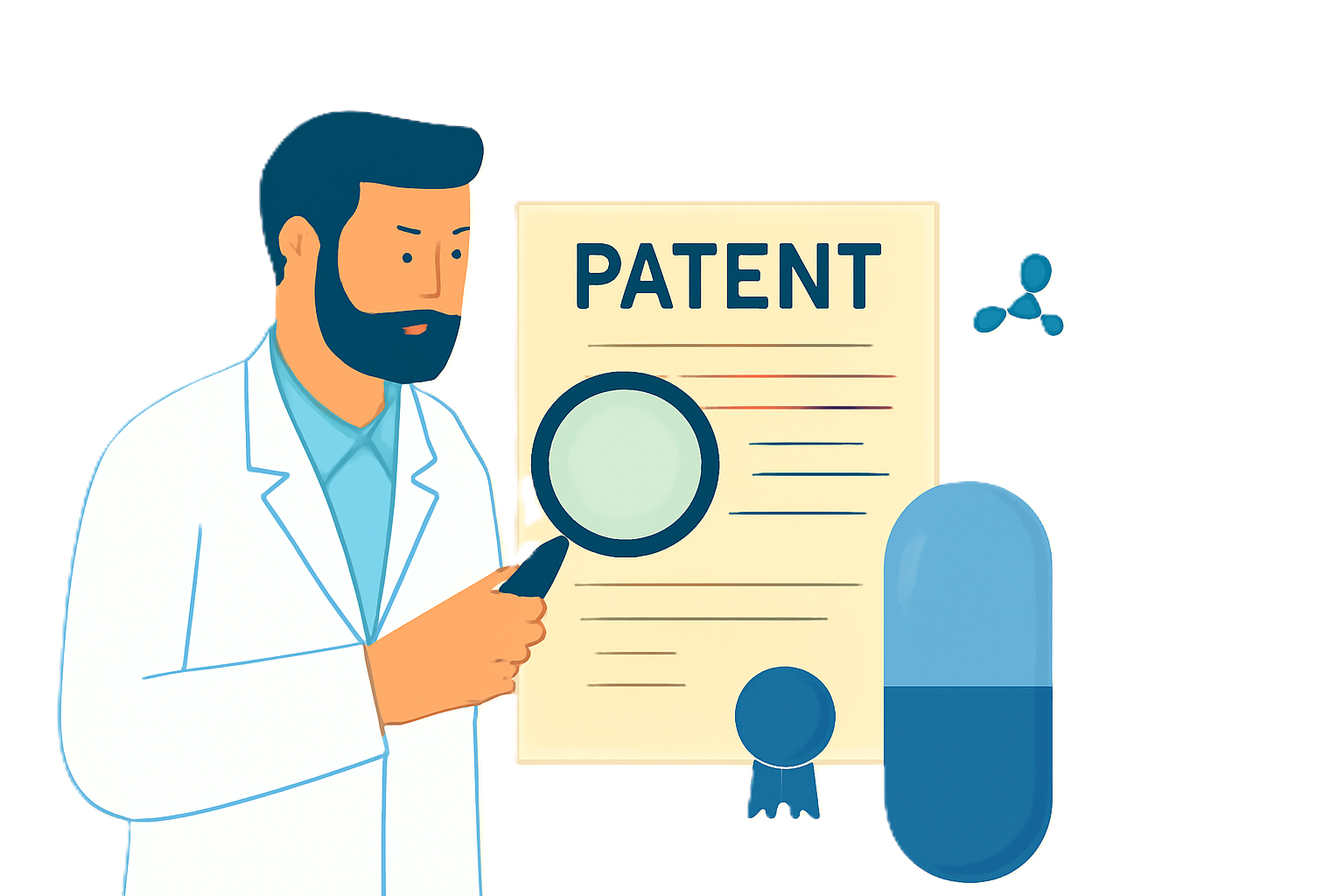Patent Filing
Filing a patent application secures a filing number and a date of filing. The allotted date of filing and the filing number remain the two most important details related to a patent application or a granted patent during their entire lifetime. Since the introduction of Trade-Related Aspects of Intellectual Property Rights (TRIPS) agreement, all the major jurisdictions follow the first inventor to file system, which means that irrespective of when a particular technology was invented or co-invented by several different entities, the date of filing of the patent application would be regarded as the date of completion of invention, and the ownership of the technology will lie with the applicant who was the first to file it with the patent office.

Lets Talk Now
Digital Patent Registration: Streamlining and Simplifying IP Protection
In India, the electronic patent registration framework was presented to streamline and ease the patent application procedure. It permits applicants to record their patent applications online without requiring physical documentation. The Indian Patent Office has created an online entrance that upholds e-recording of various types of applications, including provisionary, non-provisionary, PCT National Phase, and worldwide applications.
Benefits of Digital Patent Registration:
- Faster submission and handling
- Real-time status checking
- Digital signatures and secure validation
- Lessened documentation and bureaucratic burden
- Cost-effective and eco-accommodating
Through the online entrance, applicants can transfer patent diagrams, details, and claims, and in addition pay charges electronically.
Registering a Patent in India: The Step-by-Step Process
The enrollment of a patent in India follows an organized procedure characterized under the Indian Patent Act, 1970. Beneath is a outline of the strategy:
- Patentability Search: Before filing a patent application, one must conduct a prior art search to confirm an invention demonstrates newness, novelty and unobviousness.
- Application Development: A patent specification should be meticulously prepared, inclusive of title, abstract, description, claims and drawings where relevant.
- Application Submission: A provisional or non-provisional application may be submitted electronically via the ePatent system or delivered physically to an intellectual property office.
- Early Publication: 18 months subsequent to the filing date, the application will be released to the public unless early publication has been requested.
- Examination Request: Formal assessment of the application is initiated through submission of an examination demand
- Examiner Report and Response: Objections raised by the examiner in a report must be addressed and rebutted.
- Patent Grant: Provided all conditions are satisfied, a patent will be granted and published in an official journal.

Patent Composition: Linking Creativity and Law
While sometimes used interchangeably with drafting, patent composition emphasizes the specialized documentation for applications. Combining domain expertise and profound grasp of IP law, the writer bridges innovation and jurisprudence.

What Defines powerful Patent Composition?
Clarifying technology sans ambiguity. Strict adherence to domestic and global benchmarks. Highlighting uniqueness and inventiveness clearly. Illustrating commercial viability.While sometimes used interchangeably with drafting, patent composition emphasizes the specialized documentation for applications.tory scientist, or an inventor working out of your garage, safeguarding your invention through patent submission is a crucial first move. This article explores the key elements of patent offerings, like
- Electronic patent registration
- Registering a patent in India
- Patent drafting
- Patent composition
- Patent illustration services
What is Patent Registration?
Patent registration is the lawful practice of presenting a patent application to the suitable patent office to safeguard unique rights for an invention. A granted patent gives the pioneer monopoly to manufacture, utilize, market, and permit their invention for a specific period, usually 20 years. This approach is indispensable not just for protection, but in addition for expanding the commercial estimation of advances.
Why Partner with Experts for Filing?
While self-filing possible, working with IP professionals—attorneys, agents, consultants—offers advantages:
- Expert guidance on patentability and breadth
- Holistic drafting and composition
- Access to illustration services meeting worldwide benchmarks
- Ensuring timely, accurate eFiling
Navigates complex legal objections during examination, whether an inventor resides in Bangalore or Berlin. Engaging experienced Indian patent professionals presents an affordable avenue to securing protections across borders.
Final thoughts: In today’s cutthroat marketplace of innovation, safeguarding creations through strategic patenting has transformed from a preference into a prerequisite. From initiating electronic filings to meticulous drafting, professional technical writing and precision engineering drawings, each step impacts the strength of an IP portfolio.
For individuals and startups exploring filings in India, the system strives for accessibility, value and a growing network of experts. However, collaborating with reputable partners and investing in high-quality documentation transforms concepts into defensible and profitable assets.



